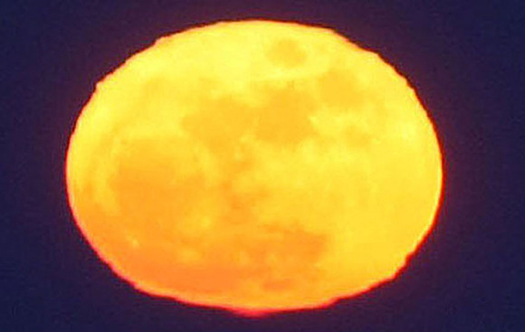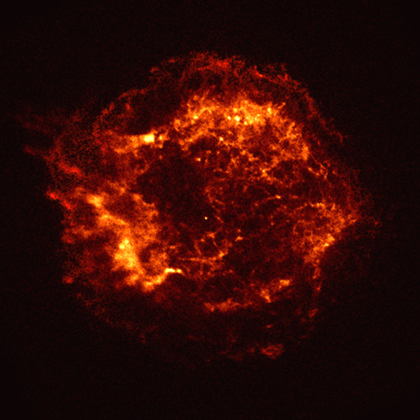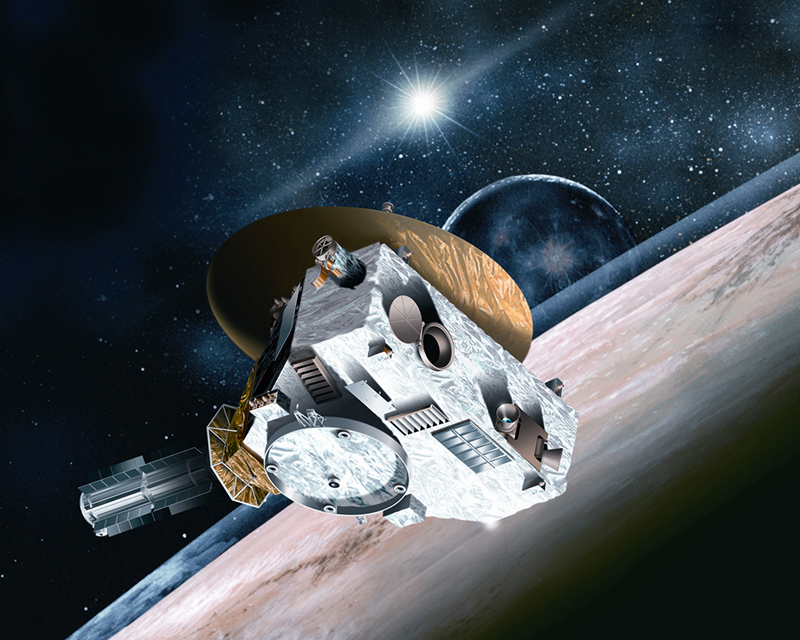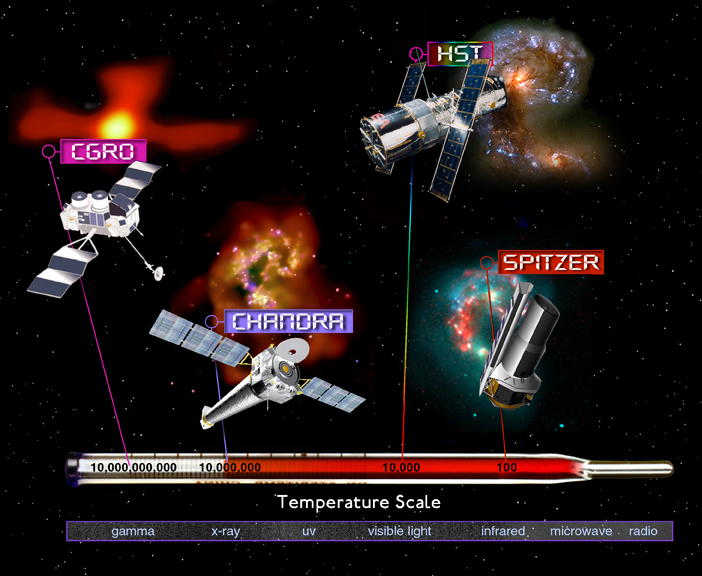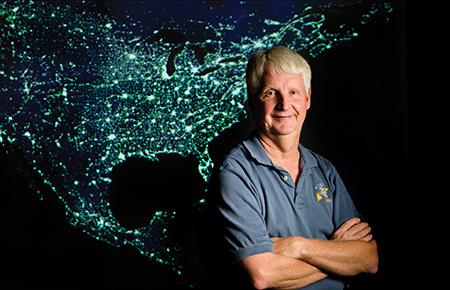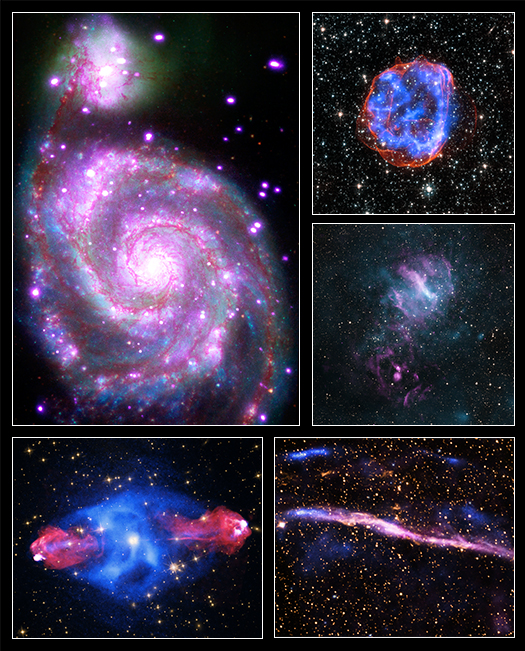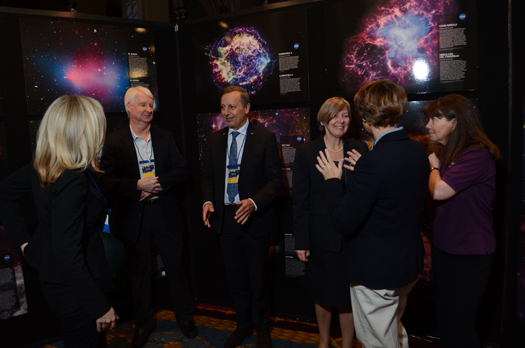A Carnival of Space Visits the Chandra Blog
Submitted by chandra on Mon, 2015-08-31 11:32Welcome to the latest installment of the Carnival of Space, a weekly round up of astronomy news co-hosted on various space science blogs. It’s a pretty big Universe out there so let’s get started!
